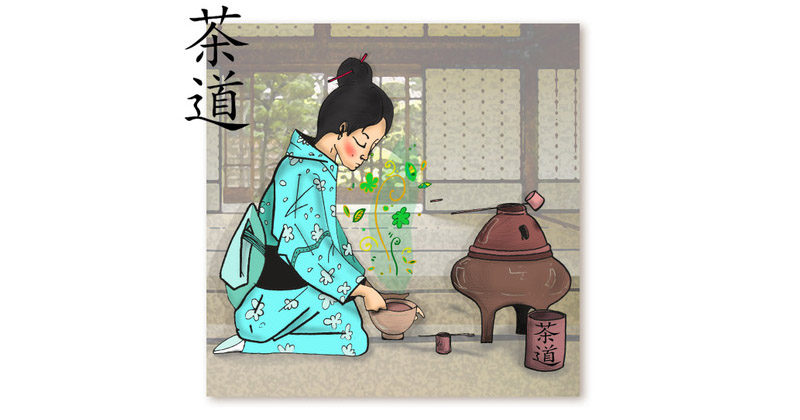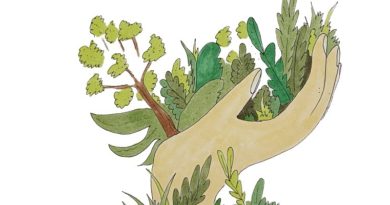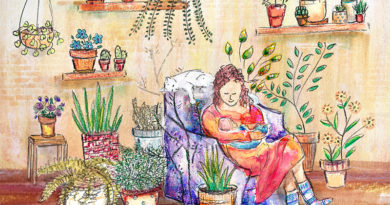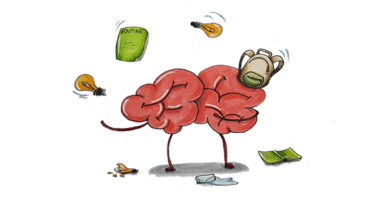Way of Tea
Chado is the Japanese ritual of serving green tea. To the outside observer or the unknowing participant, the whole process might seem a bit strange or unnerving. Perhaps even just utter nonsense, making such a big fuss over drinking a hot liquid. Yet you go because it represents culture and aesthetic. You go because you are in Japan and that’s what you should do.
As a tourist, you may watch and take part in this ritual and never really understand anything behind it. Everything you had experienced up until that tea ceremony might have influenced you to think that harmony and inner peace are achieved by indulging in a chai latte at a local café during a few restful free hours one morning. But the hosts of these tea ceremonies, they spend decades mastering the art of serving tea. They believe the tea ceremony works to bring a deep inner peace and tranquility to those involved. For them, the process is highly spiritual and every movement and object has purpose and meaning.
Thinking about education, generally we can classify it in two ways: formal education taught in schools and informal education based on our daily life experiences. The beauty and the philosophy of informal learning is that it flows through one’s life and is full of potential education opportunities. John Dewey, known for his reforms in education, said, “Education is not preparation for life; education is life itself.”
Yet let’s consider how individuals, full of bias, participating in rituals they cannot understand, might fare when tapping into that potential to learn and to know something more. Would they shy away from seeking more information based on the fact perhaps that it was information they deemed irrelevant?
Very young children possess an innate curiosity that urges them to seek information. They seek it through all of their senses, subconsciously and without prejudice. This is how they find their place in the world. Yet time and experience eventually cause us to filter out things deemed to be of little interest.
Claude Bernard, credited as one of the founders of experimental medicine, once said, “It’s what we think we know that keeps us from learning.” Perhaps it is the willingness to listen and the willingness to risk airing one’s opinions that prove fundamental to the ability to extract meaning or knowledge from any given thing or idea. Should we all wish to become more even-minded and compassionate human beings, then opening our minds to the things unknown might be the first step.
The tea ceremony engages all of the five senses. Just as the child learns for the first time, the participants in the ceremony are summoned to smell, touch, taste, hear and see. They are met with the aroma of the tea and the straw in the floor matting, the feel of the pottery’s glaze, the tea itself, the sound of the water as it boils in the teapot, and the visual images of the wall scrolls and flowers in the room.
I have read that enlightenment is a return to the original, natural condition of the human mind. I surmise this must be a lot like a young child’s mind. A Zen Buddhist once described education as finding one’s undiscriminating mind. The basic principles of Chado are expressed in Japanese “Wa, Kei, Sei, Jaku“. Wa means harmony, Kei means respect, Sei means purity and Jaku means tranquility. The tea ceremony is not only about drinking tea. It is also a vessel for learning.
By Whitney Bushnell
Whitney is an American expat, mother, and Montessori teacher living in Lucerne.
Illustration by BVisual.
Beth (“BVisual”) graduated from university after studying visual communication, specialising in illustration. She’s been working as a freelance creative and undertaken projects such as the V&A Illustration Awards in London. Beth has projects involving portraits and editorial illustrations under her artist’s name BVisual.




